Date: 25 November 2009
This product is manufactured at AGC Glass Products’ Oyama No. 2 Plant (Oyama-shi, Tochigi: newly established) and Kashima Plant (Kamisu-shi, Ibaraki)..jpg)
The Building Standards Law requires installation of “fire-resistant equipment” when placing an opening at a part of the outer wall that is at risk of catching fire. Wired glass or non-wired, thermal-resistant tempered glass is usually used for fireproof equipment. Wired glass has been particular well recognized for its ease of processing and accounts for more than 90% of the glass applied in fire-resistant equipment.
On the other hand, wired glass has the following kinds of drawbacks:
1) Since the wiring gets in the way of the view, clear line of sight – one of the characteristics of glass – is not secured and
2) it is prone to heat cracking* caused by rust that may appear on the wiring. Realizing that customer satisfaction can be improved by promoting the popularization of non-wired, thermal-resistant tempered glass that does not crack by heat and which provides clear vision, AGC implemented a new production facility to release the new Myboka® product.
The features of Myboka® are as follows:
(1) Provides clear vision
(2) Immune to heat cracking*, a deficiency in wired glass
(3) Facilitates opening and closing of a window, as it is approximately 25% lighter in weight compared with wired glass (wired glass: 6.8 millimeters vs. Myboka®: 5 millimeters)
(4) Achieves high strength using special tempered processing
* What is heat cracking?
Heat cracking is a natural phenomenon that occurs when the thermal stress caused by the rise in temperature from absorbing sunlight exceeds the allowable stress level, resulting in cracking. In wired glass, there are relatively many cases where this thermal crack causes fissure.
AGC is continuously committed to improving the interior environment of buildings and contribute to the preservation of the global environmental by increasing the efficiency of glass through development of various new products.
・Contact regarding this matter: Toshihiro Ueda General Manager, Corporate Communications & Investor Relations, Asahi Glass Co., Ltd. (Direct inquiries to: Kenichi Oda Telephone: +81 3-3218-5260 E-mail: info-pr@agc.co.jp)
・Contact regarding products: AGC Glass Company, Customer Center (Tel/Navi Dial: 0570-001-555) .jpg)

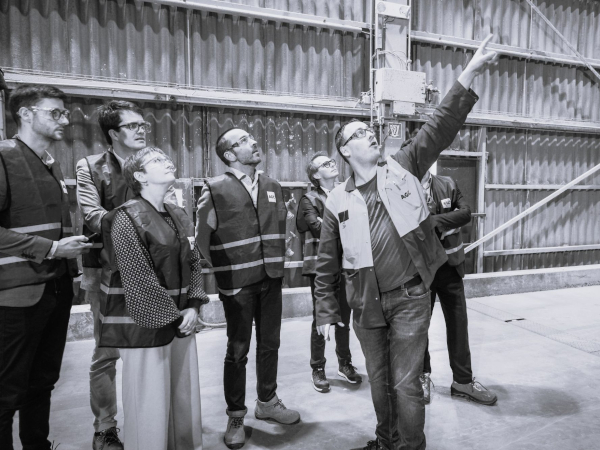
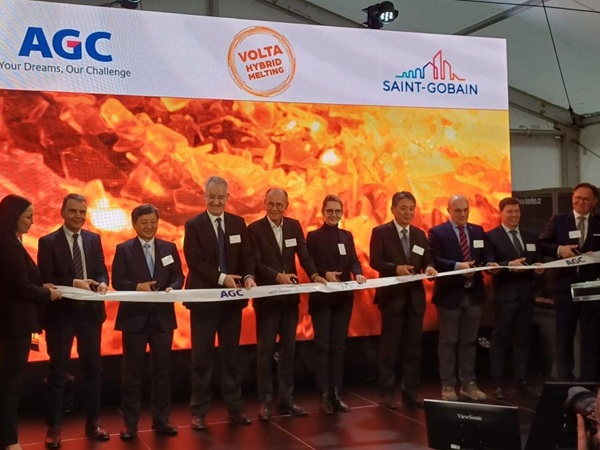
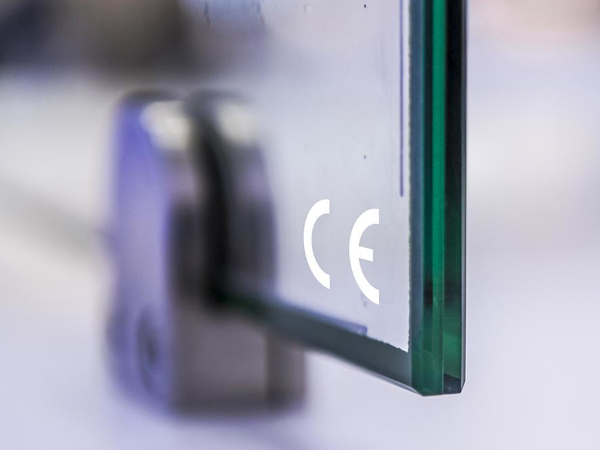

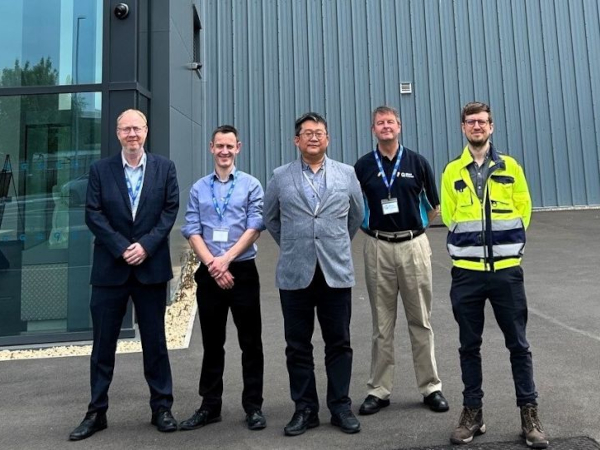
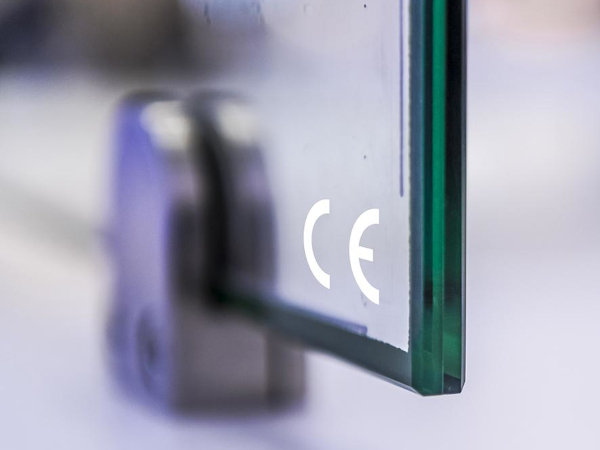
Add new comment